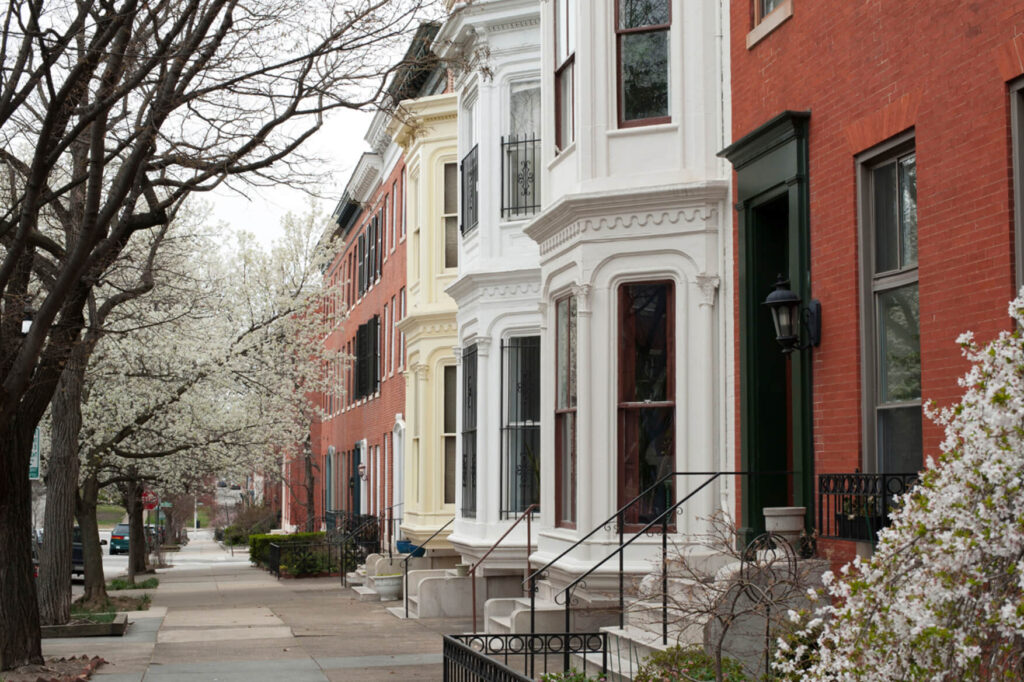Social Determinants of Health
Social Determinants of Health & Health Inequities
Social Determinants of Health (SDOH) are environmental factors that influence health, functioning, and quality of life. SDOH can be grouped into five domains:
- Economic stability
- Access to and quality of education
- Access to and quality of health care
- Neighborhood/built environment
- Social and community context


Economic stability

Access to and quality education

Access to and quality health care

Neighborhood/built environment

Social and community context
Different experiences of social determinants of health have led to health inequities or differences in burdens of disease, violence, injury, and opportunities for optimal health that are experienced by groups who have been socially marginalized.

For example, redlining was a discriminatory classification of neighborhoods and distribution of home loans in the 1930s that intentionally segregated neighborhoods by race.
Although redlining is no longer a legal practice, its effects are still noticeable among historically disadvantaged communities and even in some current mortgage and lending practices. These practices continue to have lasting impacts on people’s economic, environmental, and health outcomes.
- The lower ratings of predominantly Black neighborhoods caused by redlining lead to the disinvestment of those neighborhoods. That disinvestment in turn impacted economic opportunity in a way that can still be seen today.
- People born into neighborhoods poorly graded by redlining make an average of $15,000 less a year than those born into higher-rated neighborhoods.
Addressing and working to improve SDOH through systems change can help decrease existing health inequities and protect people from experiencing ACEs and trauma.
We can address the negative effects of redlining by supporting policy changes such as increasing opportunities for homeownership through down payment assistance, affordable credit, and more.
